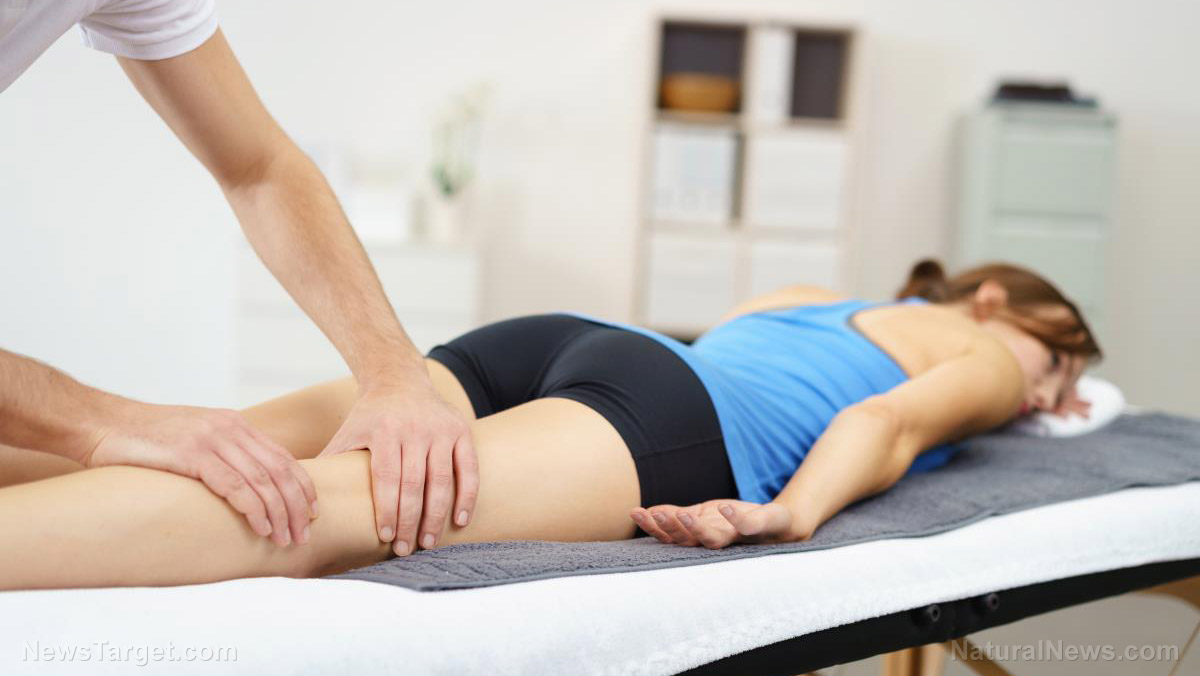
Earlier studies have shown that TEA can reduce episodes of nausea and vomiting attributed to chemotherapy treatments, recently concluded medical operations, and pregnancy. It is growing popular as an alternative to anti-emetic medication.
However, there are no details regarding the treatment's efficacy with patients who are ill enough to require intensive medical care. Therefore, a research team investigated the anti-emetic effect of TEA therapy using the Neiguan (PC 6) acupuncture point on refractory vomiting in critically ill patients.
Armed with the approval of the local ethics committee and the informed consent of all participants, the research team held the study in the Narbonne Hospital in France. The study group was small, just six men and four women in the ICU who had suffered persistent vomiting for at least two hours despite taking anti-emetic drugs.
The TEA treatment consisted of two electrodes attached on either side of the Neiguan (PC 6) pressure point, also known as the pericardium meridian. The researchers employed a standard neuromuscular transmission monitor to stimulate the acupuncture point for 30 minutes.
Given the rather poor state of health of the participants, rescue anti-emetic medicine would be issued following any episodes of vomiting or persistent nausea that took place.
Relieving the suffering of ICU patients with transcutaneous electroacupuncture
The overall incidence of nausea or vomiting within the first 24 hours after TEA was 50 percent. After the 24-hour mark, 30 percent of the patients perceived nausea, and 20 percent experienced vomiting.
Ninety percent of patients reported suppression of nausea/vomiting immediately after undergoing TEA. During a six-hour period after TEA, 60 percent of patients did not sense nausea or experience vomiting.
Between six to 24 hours after TEA, 60 percent of patients remained free from nausea or vomiting episodes. Two patients who experienced nausea were given a second TEA session that remedied all symptoms.
Three patients eventually required anti-emetic rescue medications. Of those three, two were forced to undertake surgical treatment for secondary peritonitis and severe pancreatitis, which existed before the TEA session.
TEA itself was free from any complication and side effects. (Related: Research shows acupuncture can be more effective than medication for indigestion.)
The benefits of TEA, and how to improve its effects
The study demonstrated that transcutaneous electroacupuncture at Neiguan (PC 6) pressure point immediately alleviated nausea and vomiting in most of the participants. The effect lasted for 24 hours for half of the patients.
The electroacupuncture procedure effectively remedied post-operative nausea and vomiting or chemotherapy-related persistent vomiting. An earlier, related study showed this anti-emetic effect was due to TEA at Neiguan (PC 6) lowering serotonin and dopamine levels.
One major advantage of the TEA method was its ease of application. A commercially-available neuromuscular transmission monitor sufficed for the researchers' experiment. The Neiguan (PC 6) pressure point is well-described and can be located by a physician with no formal training in acupuncture.
The simplicity of the treatment suggested that it could be self-administered or easily repeated. Multiple TEA sessions were shown to remedy symptoms effectively.
One venue for improvement noted that using just the Neiguan (PC 6) to alleviate symptoms ran counter to traditional Chinese acupuncture, which emphasizes treating the patient. Therefore, a combination of multiple acupuncture points tailored to a patient's unique condition could result in a higher success rate and longer duration.
The researchers concluded that future experiments needed larger sample sizes called to determine the best modality for the anti-emetic effect of transcutaneous electroacupuncture.
Read more about ancient Chinese healing therapies at ChineseMedicines.news.
Sources include:
Please contact us for more information.























